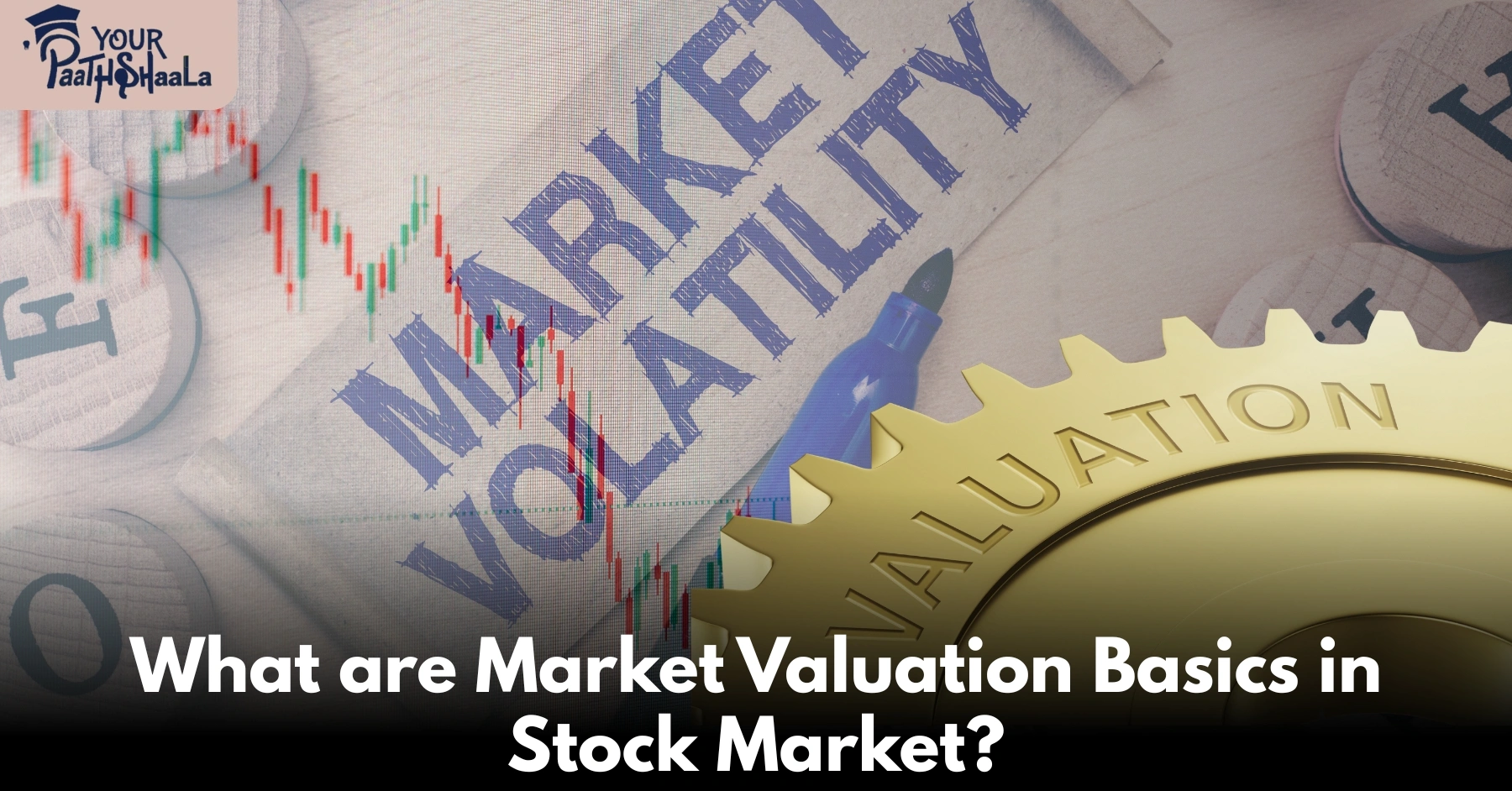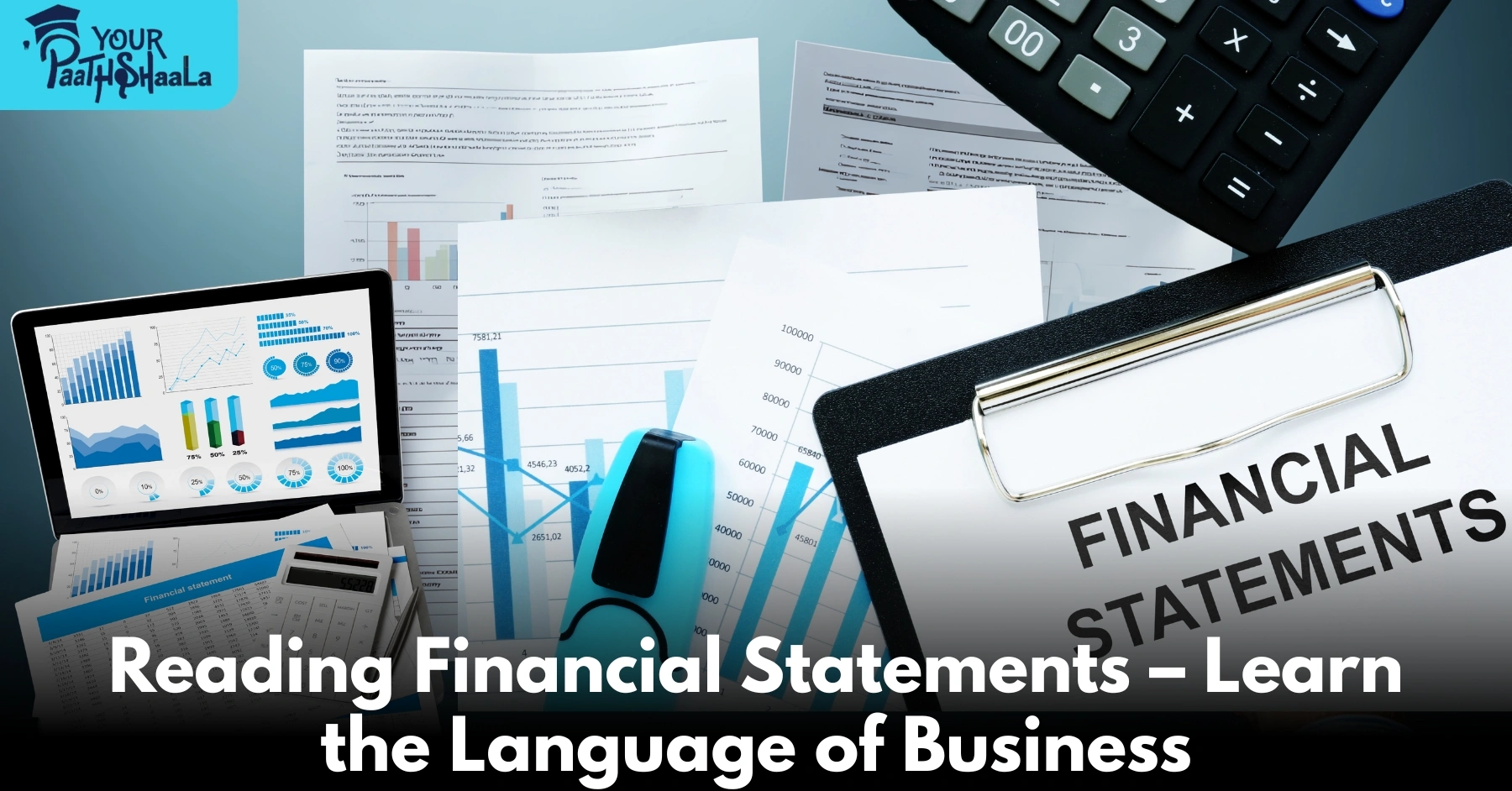Supply Chain & Logistics Analytics: How to Trade Smarter Using Real-Time Movement Data
In an age where global trade moves on a dime, the real-time signals coming out of shipping lanes, cargo ports, warehouses, and freight cost indices are reshaping how investors and traders anticipate economic shifts. Welcome to the world of Supply Chain & Logistics Analytics—a powerful strategic approach that turns real-world logistics data into market foresight.
This is not about animating charts or interpreting price patterns alone—it’s about reading the pulse of the global economy: what’s shipping, where delays exist, which commodities are overstocked or in shortage, and how freight costs are trending. With the right logic, these data points become early warning signs and opportunity flags. This article dives deep into why logistics analytics matter, how to apply them across sectors, the best tools to monitor, and how YourPaathshaala can guide you through practical trading strategies powered by real-world logistics.
Why Supply Chain Signals Are Uniquely Powerful
Many traditional analysts rely on earnings, economic indicators, or sentiment tracking. While useful, those can lag behind or reflect secondhand information. Logistics data—by contrast—is immediate, objective, and often predictive.
Shipping costs rise or fall before inflation hits consumer prices.
Port delays signal impending supply shocks that ripple through commodity prices.
Inventory build‑ups or drawdowns offer clues about upcoming demand shifts.
When you combine these logistics signals with market positioning, technical analysis, and sector-specific fundamentals, you get a trading edge that few investors use.
Baltic Dry Index: The Canary in the Commodity Mine
The Baltic Dry Index (BDI) tracks the shipping rates for bulk carriers transporting commodities like coal, iron ore, and grains across six major shipping routes. It’s a direct proxy for global demand for raw materials and investment in trade.
What the BDI tells you:
A rising index suggests soaring demand for bulk commodities—often a precursor to industrial expansion.
A falling index reflects oversupply or reduced global trade—potential warning sign for economic slowdown.
Trading insight:
A sharp BDI uptick may signal early activity in commodity sectors: iron ore, copper, agricultural futures.
A decline may warn of contracting industrial demand—good for hedging or positioning defensively.
Inventory Management Signals: Retail & Manufacturing Trends
Retailers and manufacturers constantly manage inventories. Excess stocks indicate weak demand or overproduction; low inventory can suggest strong sales or supply constraint.
Why it matters:
An overstock cycle often leads to inventory write-downs, markdowns, and inventory-driven margin pressure.
Conversely, dwindling inventory can support higher pricing and strong earnings.
Market action:
Retail and consumer goods stocks often outperform during inventory shortages.
Sectors like semiconductor or auto parts can lag when warehouses fill up.
Port Congestion: When Flow Stops, Prices Jump
Ports are the arteries of global trade. When congestion builds at major hubs—like Shanghai, Los Angeles, or Rotterdam—it disrupts supply pipelines and causes raw material shortages or delays in finished goods.
Signals to watch:
Shipping news and AIS trackers showing long queue lengths.
Customs and port authority updates indicating delays.
Satellite imagery and congestion indices.
Trading strategies:
Short-term commodity trades (grain, steel, copper) on delayed imports.
Energy stocks benefiting from delayed LNG or fuel deliveries.
Transportation and logistics firms positioned favorably to alleviate bottlenecks.
Freight Cost Inflation: Pressures Before Consumers Feel It
Freight rates moving higher or lower influence product margins and consumer prices. Rising freight costs often precede inflation hitting the shelves.
Where to watch:
Container shipping rates like the Freightos Baltic index.
Trucking and rail freight index movements.
Key junctions such as port-to‑warehouse delivery rates.
Investment signals:
Rising logistics costs may pressure low-margin consumer goods firms.
Energy and shipping firms may benefit from higher rates.
Inflation-protected instruments (TIPs), commodities, or defensive equities may outperform as transportation squeezes margins.
Integrating Logistics Data Into Trading Strategies
So, how do you turn these signals into actionable trades? Here’s a framework:
- Monitor Freight and BDI Trends: Weekly plots of BDI, freight cost indices, and congestion metrics.
- Cross-Referencing Sector Exposure: Match logistics trends to sectors: energy, metals, agriculture, retail.
- Overlay Event Timing: Align data with seasonal cycles, earnings, or central bank decisions.
- Pair Logistics Moves with Technical Entry: e.g., trade copper futures when BDI rises and copper breaks above technical resistance.
- Risk Controls: Use stop-loss levels based on logistics exposure—e.g., if Port Delay Index exceeds a threshold, hedge or reduce position.
Real-Life Use Cases: Seeing Data in Action
A. Grain Futures
A persistently high BDI and rising ship freight rates may signal tight global grain supplies, especially during drought seasons. Traders who buy wheat or soybean futures early can capture price strength ahead of official crop reports.
B. Energy Stock Momentum
During cold snaps or hurricanes, utility demand spikes. Monitor electricity grid demand, LNG tanker delays, and rising freight cost indices to position ahead of energy stock rallies.
C. Retail Margin Pressure
If shipping costs inflate and port congestion delays shipments, consumer goods companies with low margins (fast fashion, discount retailers) may underperform. Short or hedging strategies can protect portfolios.
Building Tools & Accessing Analytics
You don’t need proprietary systems—many public resources cover logistics metrics:
Baltic Exchange for BDI data.
Freightos, Drewry, or Platts for shipping cost indices.
PortData.ai or MarineTraffic for congestion tracking.
Trade publications, government customs data reports.
At YourPaathshaala, we teach you how to aggregate and visualize these feeds, link them to stock mapping, and apply them using simulation tools—even if you’re a complete beginner.
How YourPaathshaala Helps You Trade Smarter with Logistic Analytics
We offer bootcamps and live mentor sessions where you:
Learn to watch real-time logistics dashboards.
Map logistics signals to trade ideas (e.g., BDI + copper stocks).
Backtest strategies using historical freight data.
Build real-time trade triggers using calendar events and lane disruptions.
Plus, we simplify every step—no coding needed, just market intuition guided by real-world data.
Final Thoughts: Why Logistics Analytics Matter in 2025
We’re entrenched in a global supply network that’s sensitive to weather changes, geopolitical tensions, transportation bottlenecks, and just-in-time systems. Logistics data offers you timely insight into performance cycles, pricing disruptions, and earning opportunities—before traditional financial metrics catch up.
If you learned just one lesson from this article: weather, ports, freight, and inventories aren’t just operational terms—they’re signals you can trade on.
📍 Visit YourPaathshaala
Near 🏥 Anjali Children Hospital, Tagore Nagar, Mathpurena, Raipur
📫 PIN Code: 492001, Chhattisgarh
📞 Click the Call Now to start learning how financial systems really work! To check out the full article click here!














Add a Comment